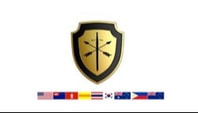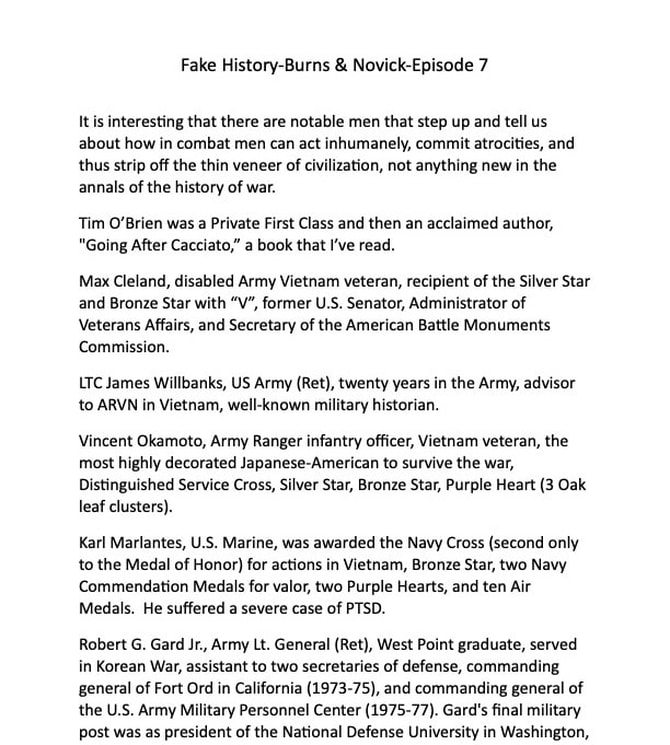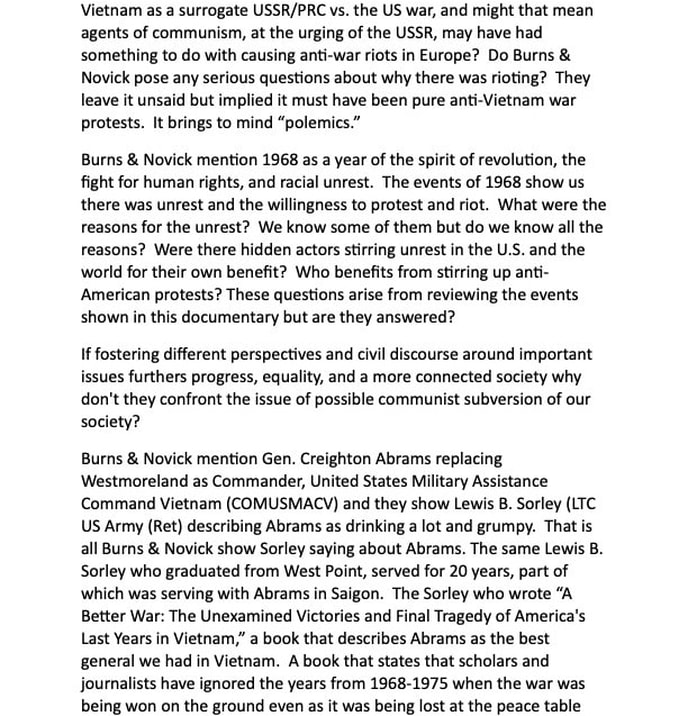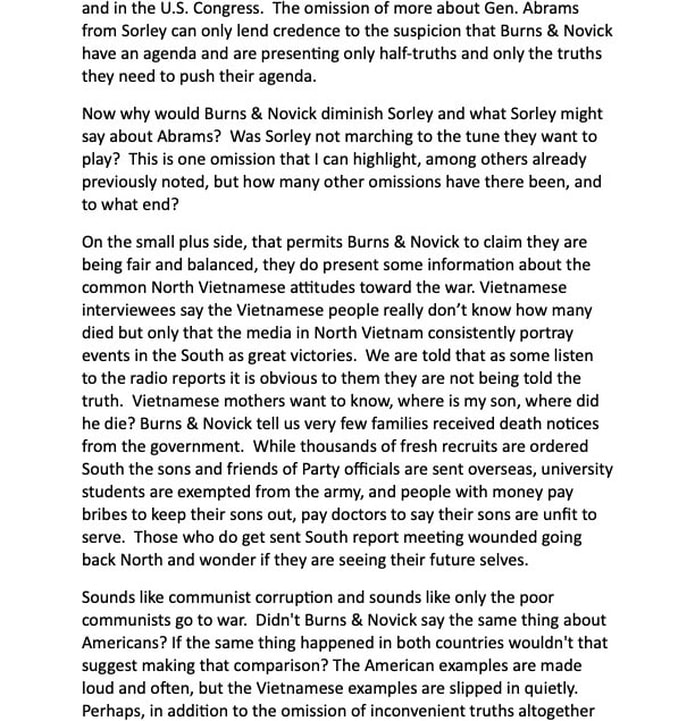- CAVWV
- Our Allies
- Special Projects
-
Events & Observances
- Independence Day
- Mental Health Awareness Month
- Memorial Day 2024
- Flag Day
- Vietnam Armed Forces Day
- Vietnam Summer Festival
- Gen. John Vessy Day 2023
- American Allies Day 2023
- SGU Veterans Commemoration Day
- POW / MIA / Genocide Rememberence Day
- Veterans Day
- Vietnamese New Year
- Genocide Remembrance Day
- CAVWV Veterans Day Commemoration
- Vietnam Veterans Day
- Vietnam "Black April" Day
- Featured Focus
- Contact Us






